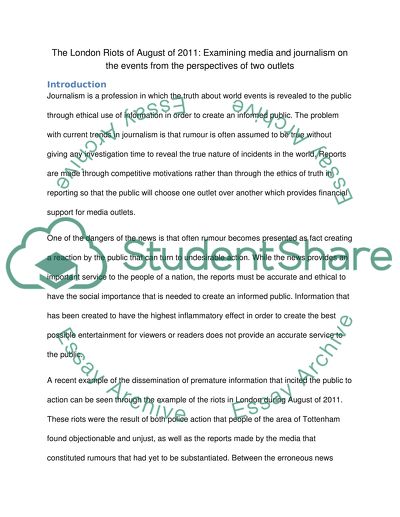Cite this document
(“The London Riots of August of 2011 Essay Example | Topics and Well Written Essays - 3000 words”, n.d.)
Retrieved from https://studentshare.org/journalism-communication/1440272-write-a
Retrieved from https://studentshare.org/journalism-communication/1440272-write-a
(The London Riots of August of 2011 Essay Example | Topics and Well Written Essays - 3000 Words)
https://studentshare.org/journalism-communication/1440272-write-a.
https://studentshare.org/journalism-communication/1440272-write-a.
“The London Riots of August of 2011 Essay Example | Topics and Well Written Essays - 3000 Words”, n.d. https://studentshare.org/journalism-communication/1440272-write-a.


